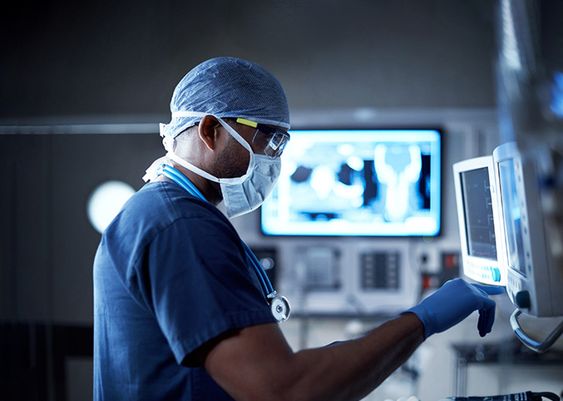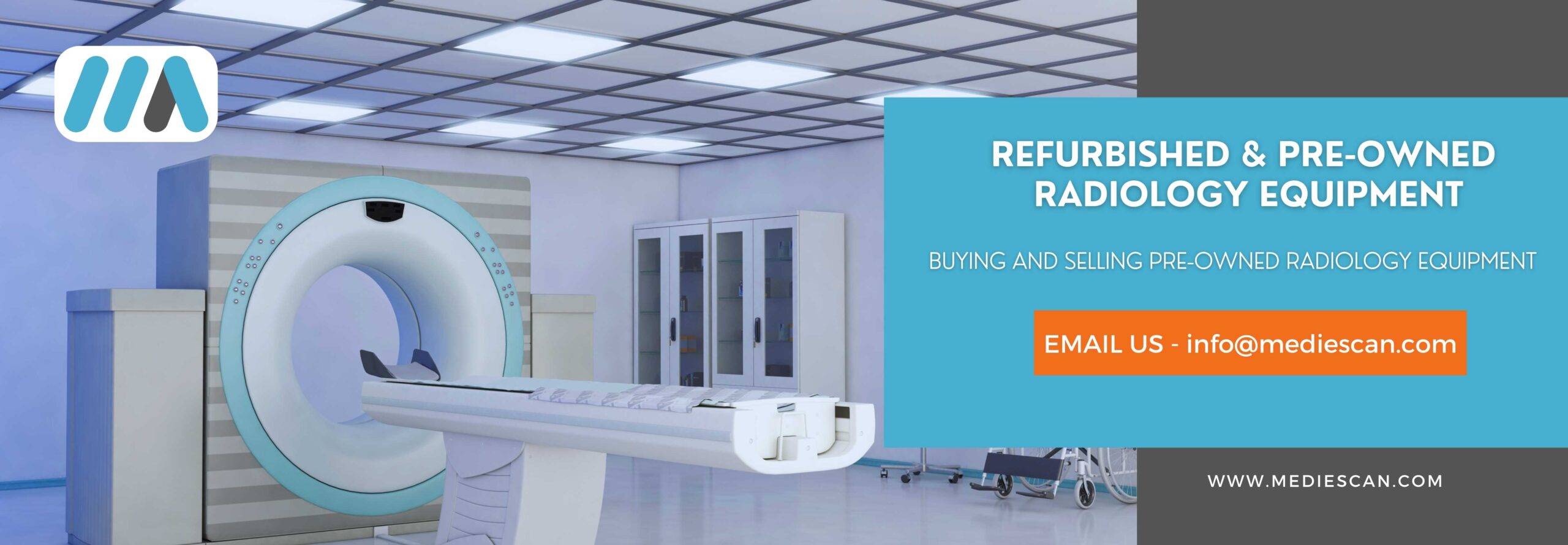
what does maintenance include?
Radiology equipment maintenance involves various activities aimed at ensuring the proper functioning, reliability, and safety of radiology equipment used in medical imaging. The specific maintenance tasks may vary depending on the type of equipment and manufacturer’s recommendations, but here are some common aspects included in radiology equipment maintenance:
Preventive Maintenance
Regular scheduled maintenance tasks are performed to prevent equipment failures and optimize performance. This may include inspections, cleaning, lubrication, calibration, and software updates. Preventive maintenance helps identify and address potential issues before they escalate and impact the quality of imaging or cause equipment breakdowns.
Corrective Maintenance
In the event of equipment malfunctions or failures, corrective maintenance is performed to diagnose and resolve the problem. This involves troubleshooting, repairing or replacing faulty components, and restoring the equipment to its proper working condition. Corrective maintenance aims to minimize downtime and ensure uninterrupted operation.
Safety Inspections
Safety inspections are crucial to ensure the equipment is safe for patients, operators, and staff. It involves checking and verifying the proper functioning of safety features, radiation safety measures, electrical systems, grounding, and shielding. Compliance with regulatory guidelines and standards, such as those set by the International Electrotechnical Commission (IEC) or the Food and Drug Administration (FDA), is an important aspect of safety inspections.
Performance Testing and Calibration
Regular performance testing and calibration are conducted to verify and maintain the accuracy and consistency of imaging results. This may involve testing image quality, resolution, contrast, exposure, and radiation output. Calibration ensures that the equipment meets the specified technical standards and provides reliable and accurate diagnostic information.
Software and Firmware Updates
Radiology equipment often relies on software and firmware to control its operation and perform image processing. Regular updates to software and firmware are important to address bugs, improve functionality, and ensure compatibility with other systems or protocols. These updates may also incorporate new imaging techniques or safety enhancements.
Documentation and Record-Keeping
Maintenance activities should be well-documented, including maintenance schedules, tasks performed, test results, repairs, and parts replaced. Comprehensive records help track the maintenance history of the equipment, aid in troubleshooting, and demonstrate compliance with regulatory requirements. They also assist in planning future maintenance and can be useful for warranty or insurance claims.
Training and Education
Ongoing training and education for equipment operators and maintenance personnel are essential to ensure proper handling, usage, and maintenance of radiology equipment. This includes understanding the equipment’s features, safety protocols, troubleshooting techniques, and adherence to best practices.

It’s important to note that specific maintenance requirements and schedules may vary depending on the type of radiology equipment, such as X-ray machines, computed tomography (CT) scanners, magnetic resonance imaging (MRI) systems, ultrasound machines, or nuclear medicine equipment. Manufacturers often provide detailed maintenance guidelines and recommendations that should be followed for each specific equipment model.
